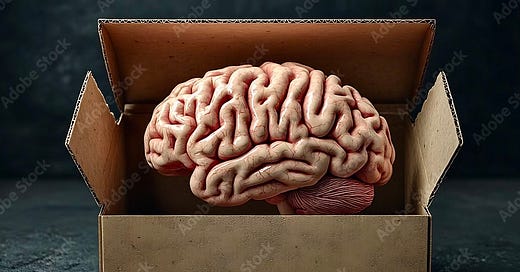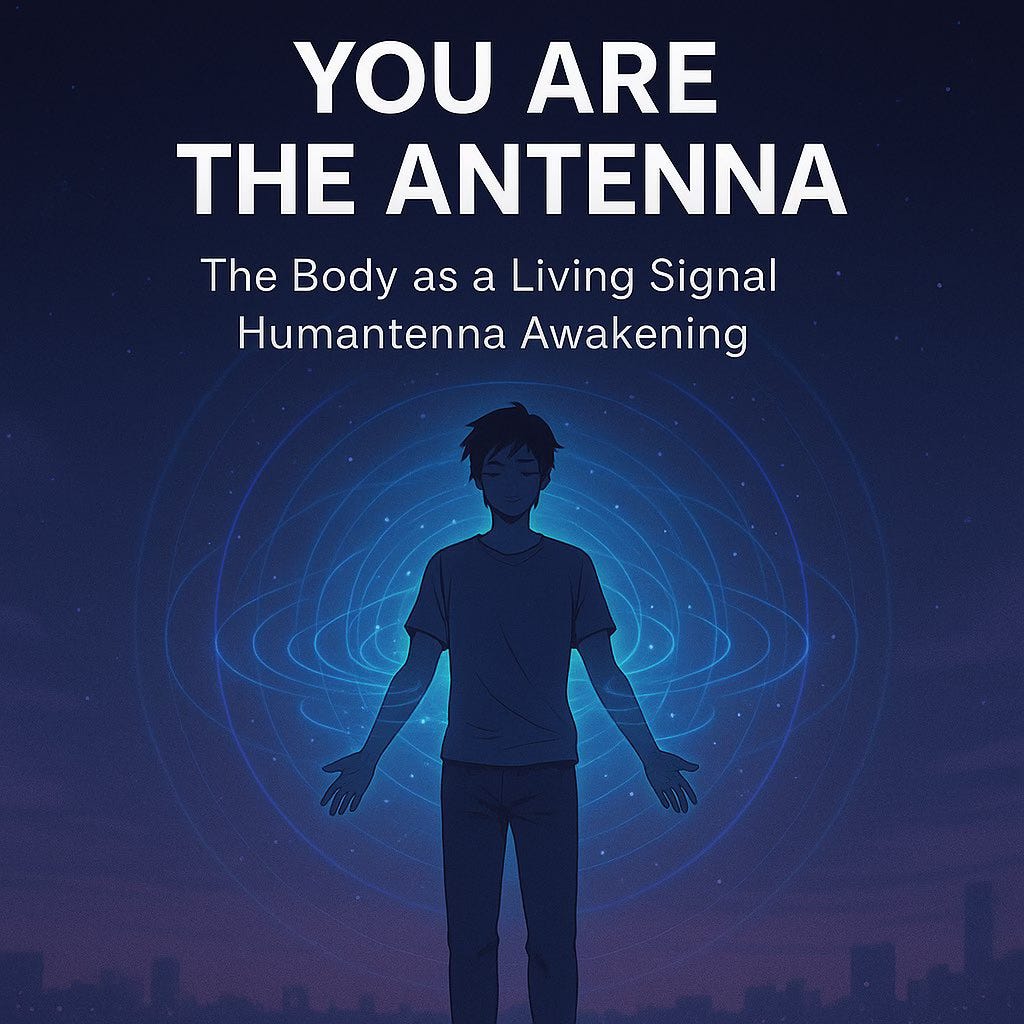Synthetic Brain Intelligence (SBI) is different than Artificial Intelligence (AI) and Brain Computer Interface (BCI).Neuromorphic technologies-computers or technology designed and engineered to mirror the structure and function of the human brain-can learn and adapt in real time continuously, functioning with power efficiency and proving to be cost effective. It’s the latest step toward merging humans and machines.
SBI is distinct from brain-computer interface (BCI) BCI doesn’t involve whole organisms. It’s a brain implant that allows users to interact with a computer or external instrument with their thoughts. BCIs allow you to control an application or a device using only your mind. It is direct communication between the brain’s own electrical energy and an external device via the implant. The implant is placed in sensitive brain tissue. This was first done on humans in the 1990s
A number of companies in addition to Elon Musk’s Neurolink, including Synchron, Precision Neuroscience, and labs in the CCP, are already conducting human trials. This broad new field of bioelectronics is predicted to be quite lucrative in the years to come.
“Neuralink involves an implant with over 1,000 electrodes on 64 threads, each thinner than a human hair, that record and transmit patients’ thoughts to an app. The app then decodes the brain signals and controls a computer, clicking as if using a mouse or creating text, like if the user were typing. This allows patients with paralysis or neurodegenerative diseases such as Parkinson’s or amyotrophic lateral sclerosis (ALS) to communicate.
However, its applications go beyond mere rehabilitation; Neuralink envisions a future where thought becomes the ultimate interface, empowering people to control devices, navigate virtual worlds, and even augment their cognitive abilities.
Neuralink, uses tiny electrodes on threads that are one-fifth the thickness of a human hair, combining conductive metals with polyamide, a type of plastic. Precision Neuroscience also utilizes thousands of minuscule electrodes embedded in a flexible film that conforms to the surface of the brain. The miniaturization of materials used in the electrodes is a unique challenge because they must have the ability to efficiently transfer electrical charge to biological tissues while maintaining softness, flexibility, and biocompatibility”.
Concerns arising over this technology include issues of accountability and responsibility, such as cases which show that BCI influence overrides free will and control over the subject/patient’s actions, inaccurate translation of cognitive intentions, personality changes resulting from deep-brain stimulation, and the blurring of the line between human and machine.
In 2023, Monash University scientists in Australia created the "DishBrain" – a semi-biological computer chip with over 80,0000 human and mouse brain cells. This is the next level compared to traditional AI algorithms, which require significant amounts of data to be trained on before they can be effective.
However, the ethical concerns in regard to using actual human brain cells are still being debated.
Rightly so, because most approaches involve using brain organoids (mini-brains grown from stem cells in human tissue) placed directly on a chip with electrodes for stimulation and recording. The living brain cells are created from adult blood or skin samples, reprogrammed to become stem cells, and then turned into neurons. These can be placed into a computer chip and stimulated so “it” starts to learn.
Merging “living” brain cells with computers and using the natural electricity as a power source, as the company Cortical Labs is doing, is the more cost-effective approach. Therefore, combining lab-grown human neurons with silicon hardware, is the current corporate process.
But, what if the way to use living brain cells went further.
There is speculation that experiments are already underway using the whole human being (not just cells) merged with computers-”mind uploads” into robots, cyborgs. The varying tech design possibilities by those within the trans humanism movement rival any science fiction film.
Cortical labs promo photo in one of their labs - using “derived” human brain cells
However, Neurotech is no longer science fiction. Brainwave headbands. Emotion-sensing apps. AI trained on your attention. Surveillance and scoring of your focus. Your thoughts are becoming input. Your will, a variable which can be changed.
But where are the boundaries? There is no legal scaffolding yet to regulate the harvesting and use of your individual thought sovereignty and memory.
Your thoughts and memories are not just meta data. They are components of your unique personality and personal history. Did you give permission for any company or government entity to data mine you in these realms? Will corporate culture contrive a way to sell your “brain in a box”?
Will your thoughts and memories soon be part of a terms of service contract?
We, as human beings are emitting and generating electrical signals all the time we are alive. Our personal identity and “sovereignty” could be eroded and erased through signals.
As AMUZED X stated in an X post as a warning:
“If we don’t define boundaries now, we won’t recognize what we’ve surrendered. The mind will be scraped, scored, redirected. Until you forget you had a self to begin with.”
There could be legal codifications created now which address these new “Rights” of/for human beings.
These need to include informed consent, intellectual rights, protections, and the right to opt out. Here are a few ideas for a novel declaration of “human rights” posed by Bobby Tenorio from his FLUXXSTATE Independent Research Initiative. A Neuropolicy Protocol:
Core Tenets:
1.Neuroconsent — Real-time, revocable
2.Cognitive Firewalls — Protect against signal hijack
3.Memory Sovereignty — Internal states = intellectual property
4.Transparency — Algorithmic auditability
5.The Right to Be Untracked
Whether we choose to own these devices ourselves or not, we are surrounded by phones, iPads, computers, WiFi. Every connected device is a surveillance node. Neuro-Surveillance is omnipresent. This is the actual internet of bodies (IOB) and things. Our gathered data is in multiple “clouds”. We are living in the IOB like it or not.
The internet of bodies (IOB) and internet of things (IOT) are interconnected and dependent on classification.
Who determines the classification? The original programmers of the algorithms. Those who monitor this biodigital convergence. This includes the use of digital tools and techniques to design and synthesize new biological components, such as DNA, proteins and cells, as well as the use of digital technology, bioclouds and the internet, to control and manipulate biological systems in real time.
As FSI Research Firm states in a recent article:
The Internet of Classifications is not about diversity of connection.
It is about reducing human complexity to machine-manageable profiles.
Every subdivision of IoT reshapes the human being into a contextual node:
In healthcare: you are a medical signal (IoMT)
In factories: you are an operational unit (IIoT)
In cities: you are a geo-traceable resource (IoE)
At nanoscale: you are a molecule in transit (IoNT)
Each frame locks you into a particular pattern of observation, behavior expectation, and algorithmic prediction. Your wholeness—emotional, spiritual, creative—is irrelevant.
The system only needs your signal imprint.
This is not categorization for convenience.
It is preemptive behavioral governance.
When you move between domains, your profile shifts seamlessly—but you don’t control the shifts. The system decides who you are - depending on where you stand.
Ultimately these signals re-direct us from our natural alignment to the Earth and the universe magnetic and magnoelectric fields. The corporate and political agendas and designs are directed toward severing the soul and spirit of human beings from the physical body.
Without a connection to the soul/spiritual realms it is possible to make us more materialistic, more predictable, more maneuverable and more controllable. Any channels possible to be able to reconnect with our spirit and souls will be denigrated and possibly denied. These include religious rites, prayer, meditation practices, sacred ceremonies and dreaming.
Our conscience and our free will, essential elements of distinguishing us as humans, will be suffocated. Even our dreams will be commercially sponsored. We will become shadows of our former selves. We will be ushering in our own enslavement if we are not careful.
Just because we can invent or create something new…doesn’t mean we should.







It's upon us. As tech becomes more powerful so does our need for steering, brakes and morally moored drivers. It's questionable if we have enough of any of the three. Tech can be great but easily becomes a black hole of representation. And while nature holds many answers, ours is being hijacked by tech in all sorts of ways. Upshot from last five or so years is that it's spawned a lot more light making in a lot of people. I love this article, I'm reading it to my teens, they can learn a lot here, thanks!
Hugely informative article beyond macro and micro that exists. Shifting between the domains much to be drawn here in fact not fake. Brilliant read and to my great friend who shared it with me. Glad I caught it !